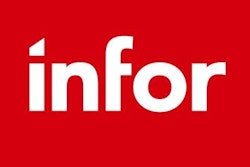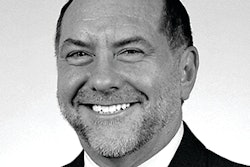Acquisition adds to Infor's integrated solutions for process manufacturers
Atlanta — August 29, 2005 — Infor, a global software provider focused on the manufacturing and distribution markets, said that it has acquired Formation Systems, a provider of product lifecycle management (PLM) solutions for process manufacturing companies.
Formation Systems will join the Infor process manufacturing group, which is led by Bruce Gordon, senior vice president and general manager, and will continue to operate in Southborough, Mass. Both Infor and Formation Systems are privately held companies. Terms of the transaction were not disclosed.
The acquisition of Formation Systems is consistent with our strategy of assembling high quality brands and professionals with deep vertical expertise, commented Jim Schaper, chairman and CEO for Infor. The addition of PLM to our product portfolio expands Infor's capabilities to integrate, streamline and manage the entire process of product development.
For 10 years, Formation Systems has provided PLM software solutions to process manufacturers and has built up a workforce with knowledge of PLM best practices in the vertical markets they serve. The acquisition of Formation Systems supports Infor's vertical strategy, and the company said it can now provide enterprise process manufacturing solutions with an integrated PLM system to the food and beverage, consumer packaged goods (CPG), chemical, pharmaceutical, and biotechnology process manufacturing industries.
Infor and Formation Systems said customers can now standardize on a single end-to-end process solution for all their process enterprise resource planning (ERP), supply chain planning and execution, performance management and product lifecycle management needs. Infor explained that its expanded Process ERP solution suite is designed to enable process manufacturing companies to improve product development and lifecycle management efficiencies, and respond better to market demands for quality products and services while reducing total cost of ownership, integration issues and simplifying IT support.











